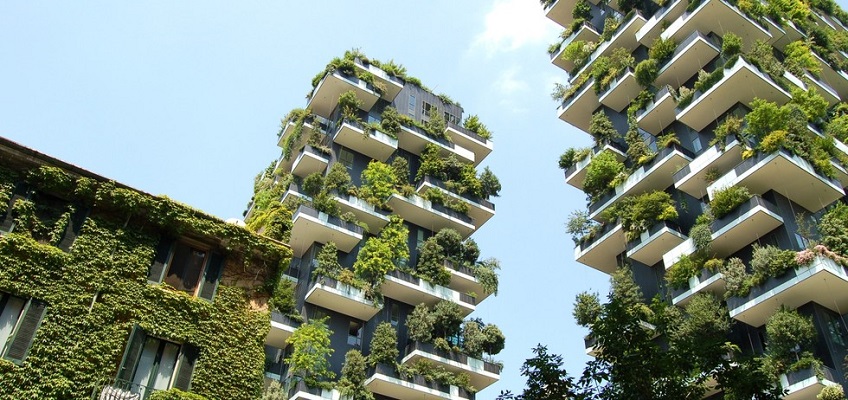Designers vs. Climate Change
Like a growing number of her peers, architect Stephanie Horowitz believes in the design community’s inherent responsibility to address climate issues. So much so that her firm works only with clients who want to build or retrofit buildings that aim for net-zero energy use.
Read the entire article at Architectural Digest.
“When we meet with potential clients, it’s a vetting process,” says Horowitz, managing director of ZeroEnergy Design in Boston. “We’re very clear that this is the way that we practice architecture – it’s not negotiable.” Sustainability-centric details such as flashing, insulation, air sealing, and decarbonization are presented on equal par with floor plans and cladding. “The way that all of these things are considered is part of the design service,” she says. “It just kind of comes with the package.”
Mette Aamodt, principal of Aamodt/Plumb Architects in Cambridge, Massachusetts, takes a similar approach. Most clients are drawn to her firm’s mission-driven work. “For others, we try to educate them and be upfront about it. Sometimes we’re going to convince people; sometimes we’re not,” she admits, “but the onus is on us to make the case.” Aamodt focuses on quality over quantity and designs built with clean, healthy materials and fair labor.
For professionals like these, business as usual is simply outdated. In the U.S. today, buildings consume 39 percent of total energy used – higher than both the transportation (29 percent) and industrial (32 percent) sectors. But what if buildings – or even entire cities – could generate more energy than they used, clean the surrounding air and water, and even sequester carbon dioxide? The idea isn’t too far-fetched.
Technology to mitigate emissions already exists, is accessible, and can even be cost-effective. And small course corrections in our approach to the built environment could make a big a difference in emissions industry-wide. (Designing for resilience – that is, creating and protecting built environments that will withstand rising seas, more frequent and severe storms, and other effects of climate change – is also paramount.) According to Paul Hawken’s 2017 book Drawdown, if just 9.7 percent of new buildings were net-zero energy by 2050, global greenhouse gas emissions would be 7.1 gigatons lower. That’s equivalent to eliminating annual emissions from all livestock worldwide. Yet the biggest barrier to building greener buildings and cities may not be cost or political will, but simply inertia.
“Designing a building to code is the worst possible building you could build,” says Horowitz. “We need to do better.” Considering fuel inputs, the entire lifecycle of a building and the future of the grid are essential factors, says Horowitz, a self-proclaimed “data literacy” advocate who joined the Architecture 2030 Challenge (a group with the goal to make all buildings and major renovations carbon-neutral by 2030) as a way to stay publicly accountable for all projects in her portfolio.
It’s also worth mentioning that building smaller, more efficient spaces would go a long way toward reducing our collective carbon footprint. In the 1950s, for example, the size of the average American home was about 1,700 square feet; today, it’s closer to 2,500.
“Decisions we make as architects and engineers impact the land we build on for the next 100 years,” says Cara Carmichael, an engineer and environmental designer at the Rocky Mountain Institute, a nonprofit organization that works to dissuade the use of fossil fuels. With the help of ZGF Architects, RMI recently built its 15,610-square-foot Innovation Center in Basalt, Colorado, to be a showcase of net-zero energy efficiency.
Ultimately, though, greener design will require a paradigm shift where humans consider the built and natural environments, weather, climate, and our own activity as part of the same system – not as distinct silos. “A lot of the focus has been on energy, and I feel like we’re going to solve it very soon,” muses Mette Aamodt. “But equally important is the way we live holistically with our ecosystem.”



